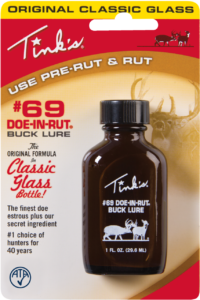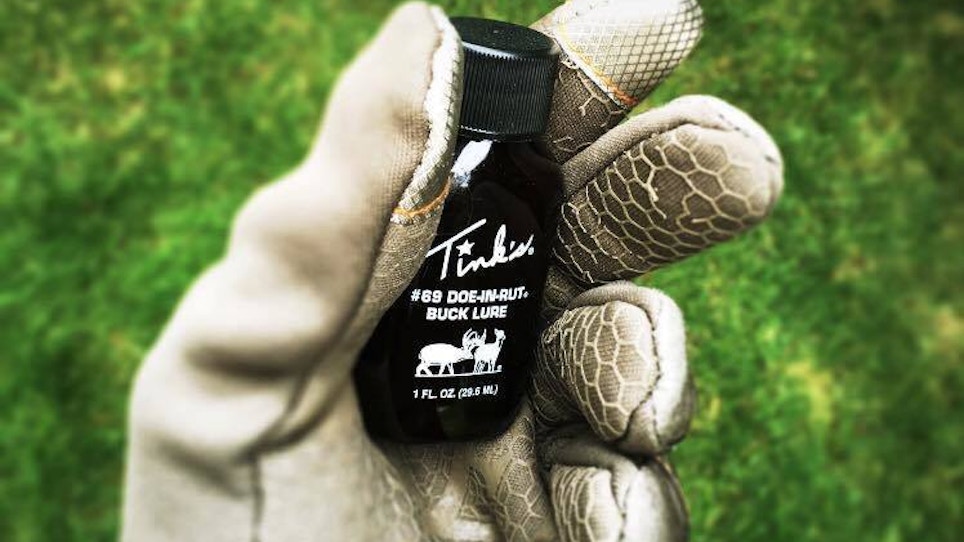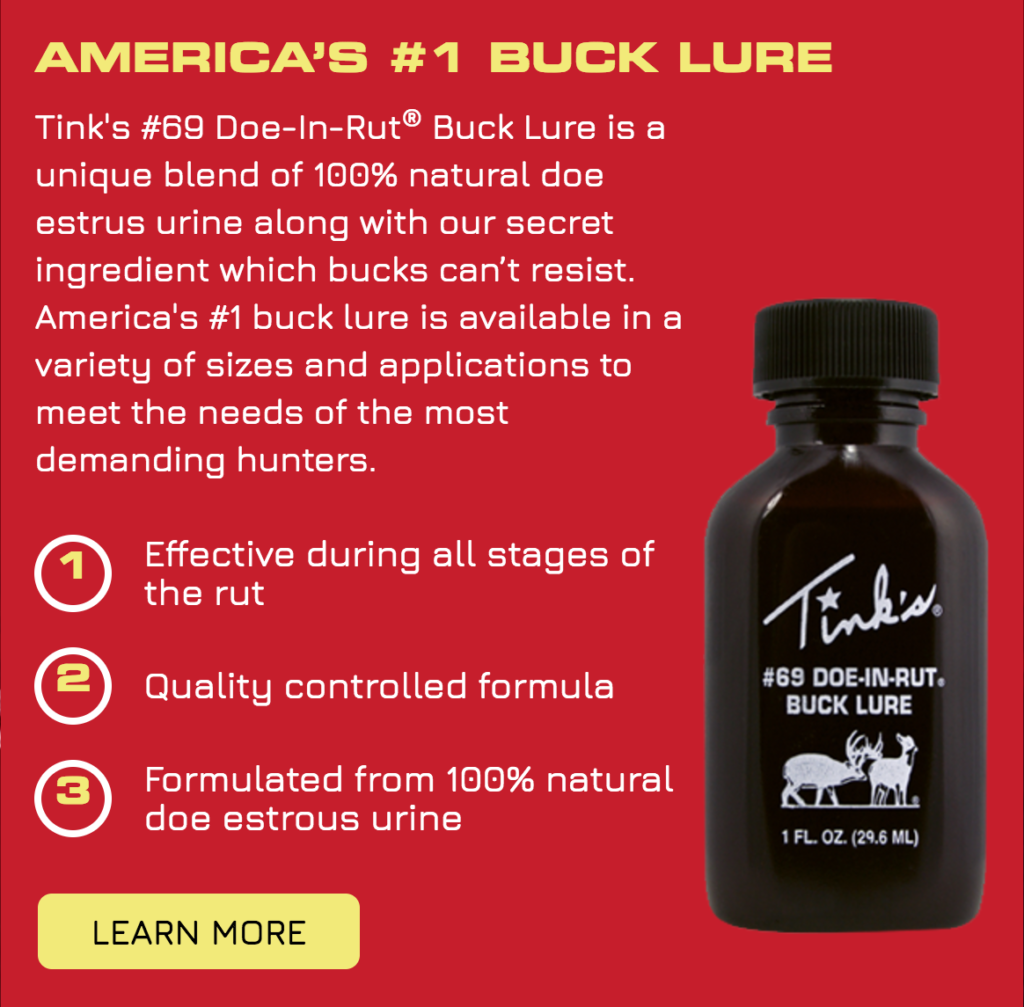SPONSORED CONTENT
The New Yorker dropped a story last fall about – of all things – deer urine. If you’re not familiar with The New Yorker, it’s not your typical deer-urine kind of publication. It covers politics, social issues, art and culture. Most of its readers live in metropolitan areas and the magazine circulation is more than 1.2 million.
But it’s all about who you know and one of the magazine’s contributors happens to be friends with an Amish man who raises deer for deer urine. Still, why would deer urine garner this high-profile, unlikely media coverage?
Because a few months ago, the state of New York proposed regulations that would ban hunters’ use of deer urine lures to prevent the spread of Chronic Wasting Disease (CWD). (If you’re not sure what CWD is, go here, here or here.)

Scent companies like Tink's joined the Deer Protection Program voluntarily and understand their significant role in protecting wildlife resources.
There is good reason to be alarmed about CWD and the impact it’s having on deer and other members of the cervid family. In the fight against CWD, however, banning deer urine lures is the easy way, not the fact-based way. Even more, one of the most favored publications of America’s elite urbanites can see this as clearly as any hunter using the deer urine or any farmer farming it.
Here’s a long, but incredibly eye-opening excerpt from The New Yorker’s article, “Money, Power and Deer Urine”:
New York is among the latest, and largest, states to pursue regulation; this summer, a task force drafted a risk-mitigation plan, which many expect to shape policy in other states. It forbids the importing of full deer carcasses or unprepared trophy heads. But Krysten Schuler, a Cornell ecologist on the task force, told me that the most controversial part of the plan has been its complete ban on deer urine.
In a report released by the task force, the case against deer urine appears to be grounded in science. When I contacted some of the authors of the scientific papers cited, however, I learned that a deer would have to imbibe gallons of urine from a dying animal to fall ill; a few ounces sprayed around a hunting site doesn’t pose a risk. One of the papers’ authors, Nicholas Haley, a professor of immunology and microbiology at Midwestern University, told me that his lab had fed or injected more than a hundred mice with infected urine. Only one became sick—a mouse that had received an injection of highly concentrated urine directly into the brain.
What’s worse is the real possibility that other states may adopt similar regulations and use New York’s task force report to push the regulation through.
“There are a number of states actively considering regulations based on misinterpreted
science and our findings are that hunters are not aware of what CWD is until they see the rules change proposals,” said Chip Hunnicutt, director of marketing for Arcus Hunting. Arcus owns Tink’s deer lures and the company has been around for 40 years.
Tink’s and many other major scent companies have taken a proactive approach to CWD. Over two years ago, these scent companies assembled a task force including respected authorities on the subject of CWD and prion disease and, by working with the Archery Trade Association, the task force put together a Deer Protection Program. This program detailed guidelines for the captive herd facilities they utilize for urine collection to address the concerns of these scientists as well as many state wildlife officials.
These guidelines exceed the state and federal CWD requirements to go the extra mile to ensure their products come from healthy deer herds. The very author of one of the most recognized studies on urine and CWD transmission stated that “these efforts go above and beyond many of those used to prevent the introduction of other notable infectious diseases of economic importance, and effectively reduce the risk that scent urine might play in introducing CWD to new areas to nearly zero.”
Tink’s best-selling #69 Doe-In-Rut Buck Lure is made with 100 percent natural doe estrous urine collected from live whitetail does during their estrous cycle. And it’s a product Tink’s customers rely on. Posted to the company’s website, one customer review underscored the loyalty hunters have for Tink’s products and the benefit of using deer urine lures.
“Been using Tink’s 69 since the early 70s. Nothing but good luck to report for years. This is my go to lure past and present.”
And here’s another:
“I shot my first deer ever this fall, after hunting hard for two years without success, I had a big buck come check my stand a week earlier while I was in the tree, but after he didn't smell any does he took off before I got a shot. I immediately got a hold of this Tink’s 69 doe-in-rut and sure enough, he came in again, did the exact same thing as before, only this time he kept coming, looking for that hot doe. Stopped him and dropped him in his tracks. 211 pound Canadian 8 point. This. Stuff. Works.”
These comments make it clear that many hunters are committed to Tink’s deer urine lures. The products work and, judging by customer accounts, improve hunter success. If hunters are not aware of CWD and how it is and is not spread, unsubstantiated regulations like those proposed in New York become policy with little resistance.
It’s easy to see that the choice to ban deer urine is a situation of low-hanging fruit, based on optics and the illusion of “doing something” rather than science-based solutions to fight the spread of CWD.







